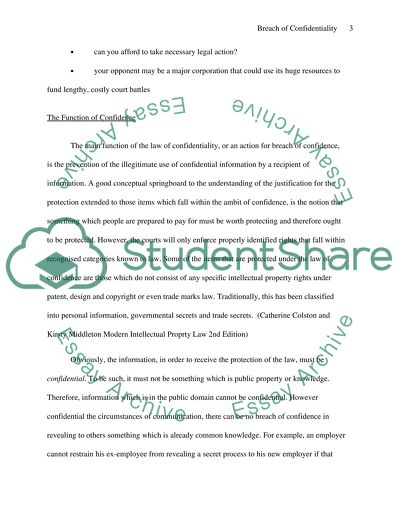Cite this document
(“Breach of Confidentiality Essay Example | Topics and Well Written Essays - 2000 words”, n.d.)
Retrieved from https://studentshare.org/law/1532026-breach-of-confidentiality
Retrieved from https://studentshare.org/law/1532026-breach-of-confidentiality
(Breach of Confidentiality Essay Example | Topics and Well Written Essays - 2000 Words)
https://studentshare.org/law/1532026-breach-of-confidentiality.
https://studentshare.org/law/1532026-breach-of-confidentiality.
“Breach of Confidentiality Essay Example | Topics and Well Written Essays - 2000 Words”, n.d. https://studentshare.org/law/1532026-breach-of-confidentiality.


